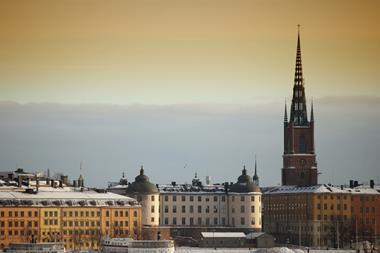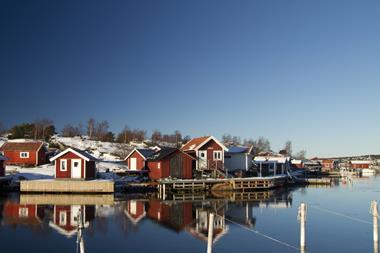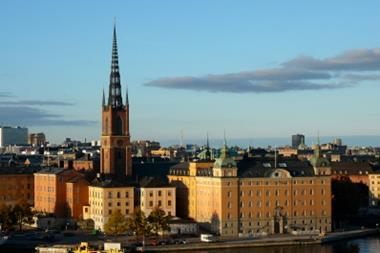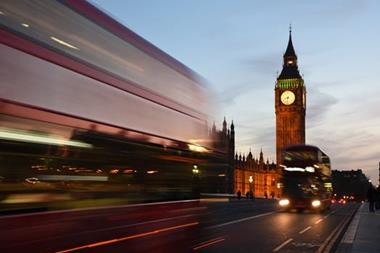Swedish insurer Folksam, which has both pensions and non-life business, reported a narrowing of investment returns in the first nine months of the year to 2% from 8% and said it was facing many challenges even though it was financially strong.
In its interim report, Folksam said its life and pensions parent company Folksam Liv had seen a 25% increase in premiums in the first nine months of the year, to SEK11bn (€1.18bn) from SEK8.8bn in the same period last year.
The total return on investments for the company fell to 2% from 8%.
Jens Henriksson, chief executive and head of the Folksam group, said: “Although a lot of things are going well for Folksam and we are economically strong, we are also facing a range of challenges.”
He said global economic uncertainty, particularly regarding China and other emerging economies, was contributing to turbulence in the markets, and that it was a challenge for the whole industry to make returns in the prevailing low-interest-rate environment.
On top of this, there he said there were many regulatory issues high on the agenda.
He described the move on 1 January 2016 to the new Solvency II regulatory regime as “another important crossroads lying just ahead for the occupational pensions sector, which could change the industry fundamentally”.
In its interim report, Folksam said it was now awaiting a decision expected on 18 November from the Swedish Parliament on a bill on the implementation of the Solvency II Directive in the insurance sector.
Among other things, the bill addressed transitional arrangements for occupational pension providers, it said.
Folksam and its subsidiary KPA Pension, the local government pension scheme, supported this element of the bill because it meant providers would then not need to change their basic regulation more than once.
Total assets at the parent company grew to SEK162bn at the end of September from SEK156bn at the end of December 2014, and solvency was 157%, up from 155% at the end of December.
Meanwhile, at KPA Pension, which is 60% owned by Folksam and 40% owned by the Swedish Association of Local Authorities and Regions (SKL), investment returns dropped to 2.1% over the first nine months of this year from 9.5% for the same period a year earlier.
Premium income rose to SEK10.7bn from SEK9.3bn, and assets under management grew to SEK134.6bn from SEK119.8bn.
KPA Pension’s solvency was 169%, up from 166% at the end of December.












No comments yet